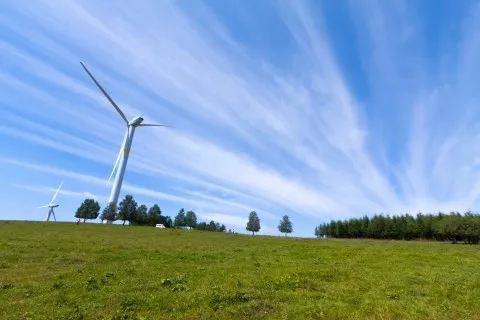
Hydroelectric, wind power are slowly getting share of spotlight at US$574.6b sector value
Will coal no longer be king?
According to a new report by Timetric’s Construction Intelligence Center, renewable energy such as hydroelectric and wind power is getting increased prominence in the Asia-Pacific region, currently valued at US$389.3bn and US$184.7bn respectively. However, coal will continue to dominate the region, with overall investment of US$898.4bn.
Coal power generation is the highest value sector by far, with India dominating this sector with projects valued at US$435bn - almost as much as the other 14 countries' coal projects combined at US$463bn. The country’s booming economy and its extensive coal reserves have driven the government’s plans to double coal production by 2019.
China, although increasing investment in renewable energy, is still spending heavily in coal and nuclear power generation with projects valued at US$104bn and US$203bn respectively. Moderating growth in the economy and environmental concerns in the large cities is beginning to have an effect, so the growth of coal power generation has peaked. It currently accounts for 77% of capacity and will continue to provide the majority of power generation for the coming years.
Hydroelectric, in second place after coal, will make inroads into hydrocarbon fuels' share of power generation. While in countries such as Nepal and Laos it is the predominant power generation source; however, India, China and Pakistan dominate the value of projects for hydroelectric, with India accounting for a value of US$97bn.
Wind energy is a growing source of power generation in China and is expected to account for 12% of electricity generation capacity by 2030. The country leads the wind energy projects sector with a value of US$87bn.
“With Asia-Pacific still setting the pace for economic growth and with an expanding population, power generation will be a vital ingredient in the regions development. Although coal will continue to be dominant in the region’s power generation environmental concerns and reducing demand in China will reduce its use in time as renewables become more important in the energy mix. India is however expanding use of coal as it tries to keep up with its expanding economy as well as adopting renewable technology,” says Neil Martin, Manager at Timetric CIC.








![Cross Domain [Manu + SBR + ABF + ABR + FMCG + HBR + ]](https://cmg-qa.s3.ap-southeast-1.amazonaws.com/s3fs-public/styles/exclusive_featured_article/public/2025-01/earth-3537401_1920_4.jpg.webp?itok=WaRpTJwE)
![Cross Domain [SBR + ABR]](https://cmg-qa.s3.ap-southeast-1.amazonaws.com/s3fs-public/styles/exclusive_featured_article/public/2025-01/pexels-jahoo-867092-2_1.jpg.webp?itok=o7MUL1oO)









 Advertise
Advertise


